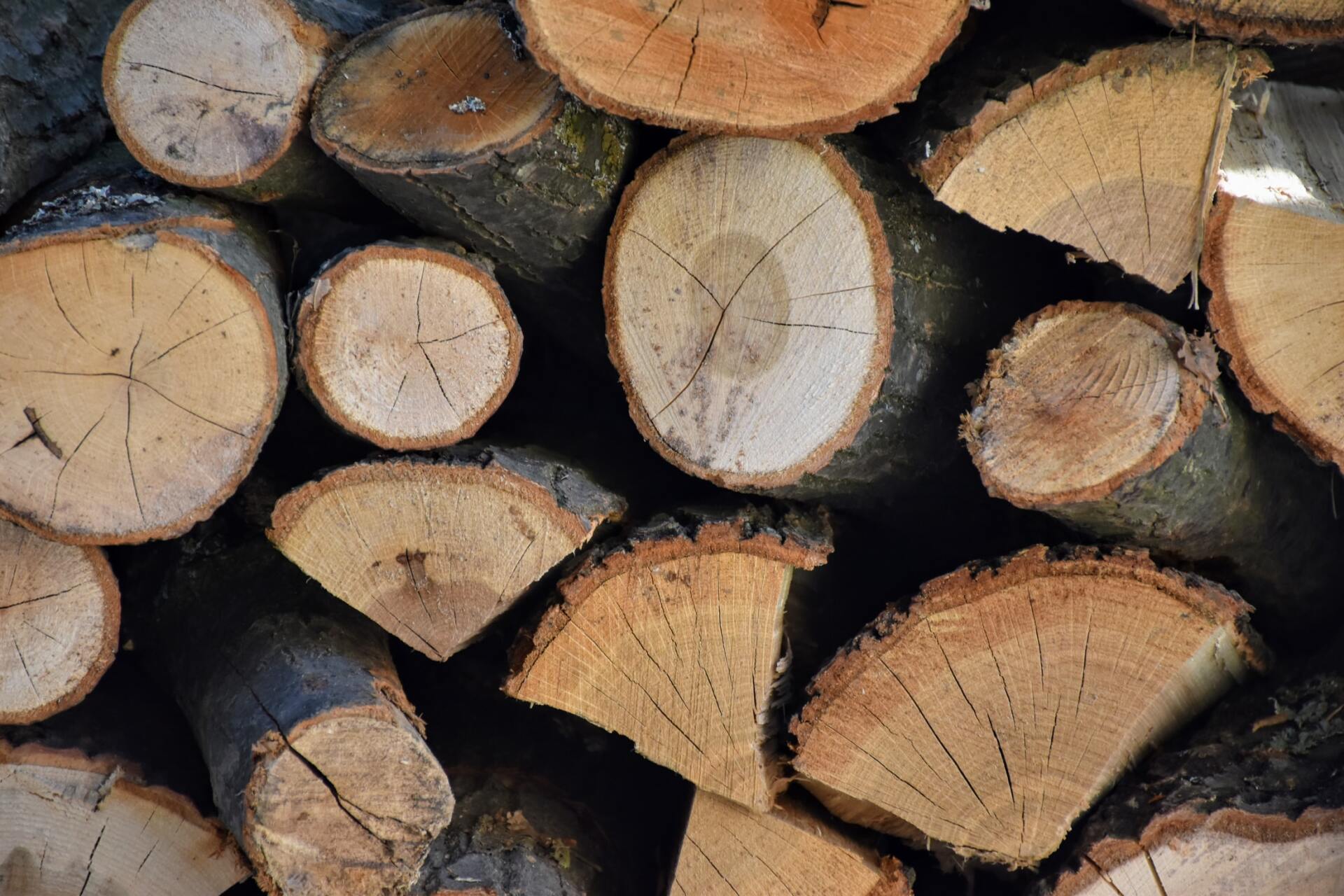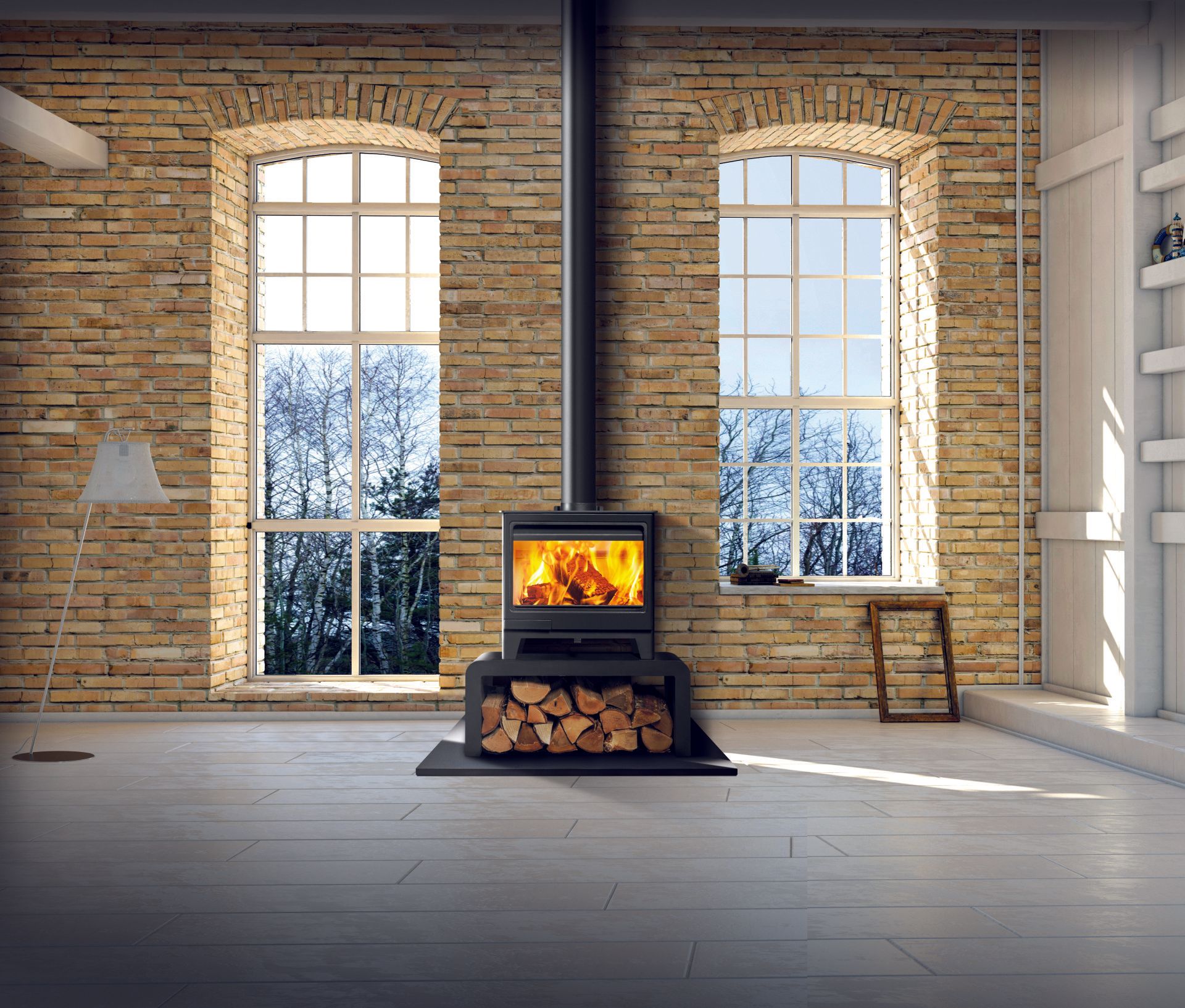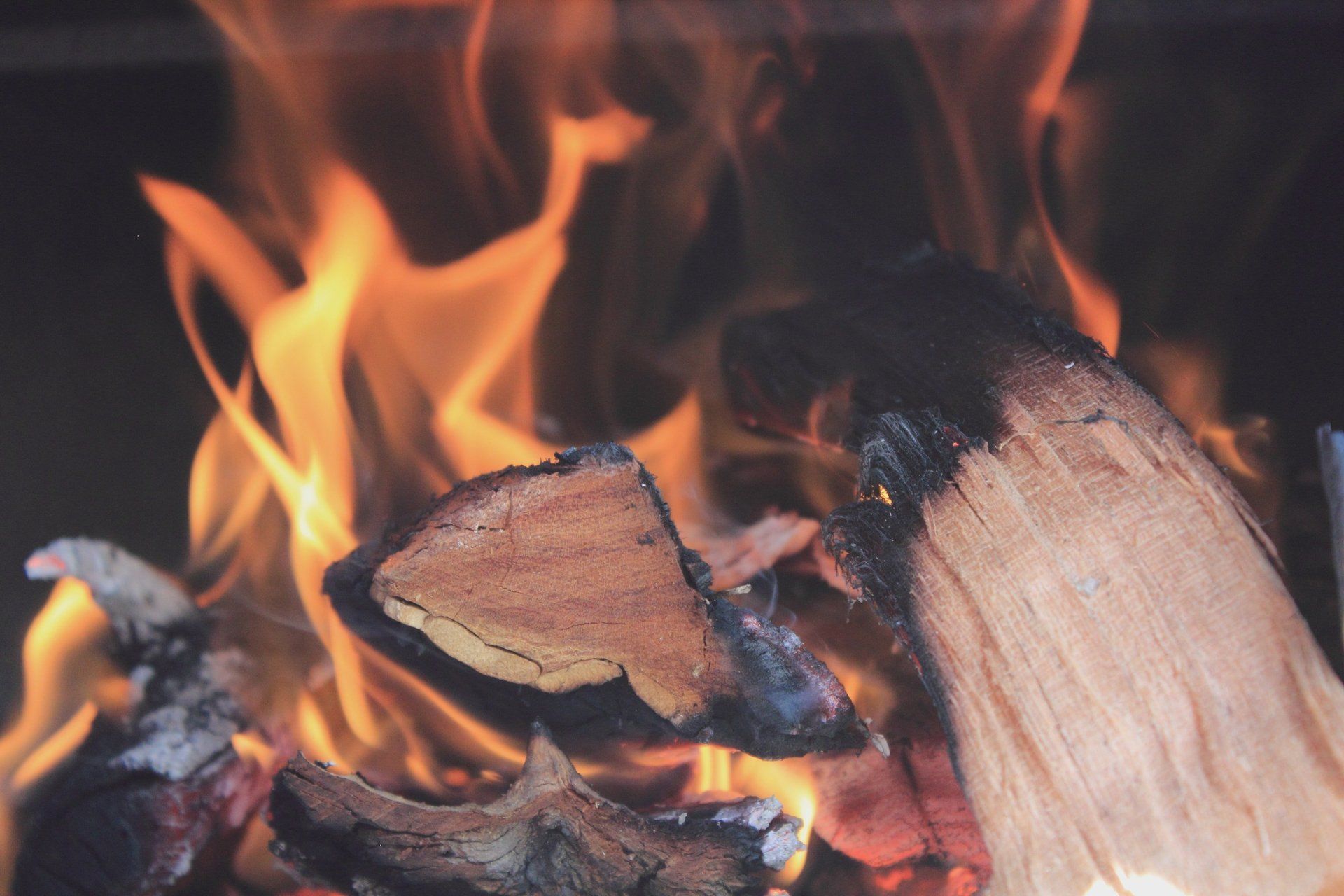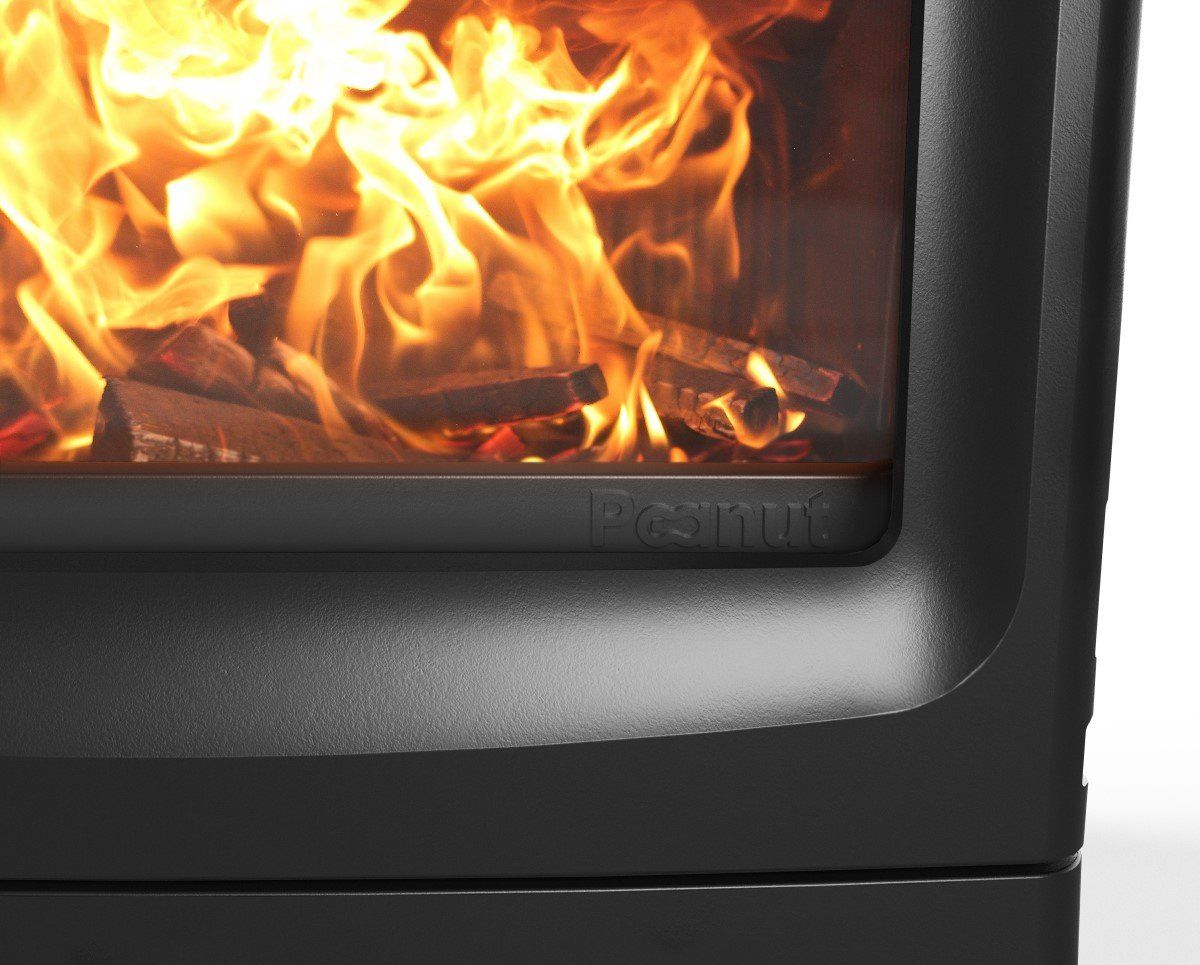A Guide to: Storing wood.
A few tips and tricks for storing logs.
Why is storing logs so important?
It is important your store logs correctly to protect them from the elements and to stop them sweating.
Logs that aren't properly protected from the elements (Rain, snow, frost etc.) or allowed to sweat can cause issues when it comes to burning them. This is because logs will soak up any moisture they come into contact with. This can lead to the moisture content in them rising to above 20% moisture. Logs should have a moisture content of below 20% when being burnt on a wood burner or multi fuel stove.
If the logs are above a 20% moisture content when burnt then the following issues can arise;
- Burning wet logs and/or treated logs is one of the most common cause of invalidated guarantees on a stove and pipwork. (The other being missed chimney sweeps.)
- The logs won't light or will be very hard to light.
- The logs will not burn as hot, most of the energy produced goes on burning away the moisture, producing excess smoke, soot, tar and creosote which is highly flammable and causes chimney fires.
- Higher emissions are produced, causing a negative effect on the environment.
What should I consider when storing logs?
Sunlight.
It is important your logs are exposed to sunlight, especially if the logs are seasoned. Logs stored in the shade will take longer to dry.
Airflow .
It is important for your logs to have good air-circulation, this aids in the drying process and gives your logs the ability to breathe. Logs which don’t have an adequate air flow surrounding them may sweat and re-absorb moisture. If stacking near a fence or wall, leave a few inches behind them. For the best results, a purpose-built slatted log store with gaps for air is recommended.
Height & Structure
If you aren’t putting your logs in a log store, be careful when stacking them. Make sure the stack is stable and not going to fall on your or your family. We do not recommend log stacks being over a couple of feet high.
Keep the stack raised.
Where possible do not stack logs directly onto the ground. An old pallet or similar structure is perfect for this. If logs are directly on the ground, they can soak up moisture.
Covering
It is important to allow your wood to breath; however, it still needs protecting from the elements. The last thing you want is your logs re-absorbing moisture from the rain or frost. The reason we recommend log stores is that they are roofed, but often with slatted sides allowing the logs to still breath. Weather guards are available for the front of log stores, they are usually a mesh type material that hangs over the front. However, not everyone wants or has room for a log store. If you are stacking your logs, cover them with a tarp, leaving the sides of the stack as exposed as possible. Do not wrap the tarp tight, allow the tarp to drape over, coming down the sides by a few inches. Just remember to weigh the tarp down so it can’t blow away.
Wherever you decide to store your logs, make sure that it won't cause a fire risk.
Can I just store my logs in my shed?
It is not
recommended to keep logs stored in a shed, not just because of the storage
issues listed above, but also because it can risk termites.











